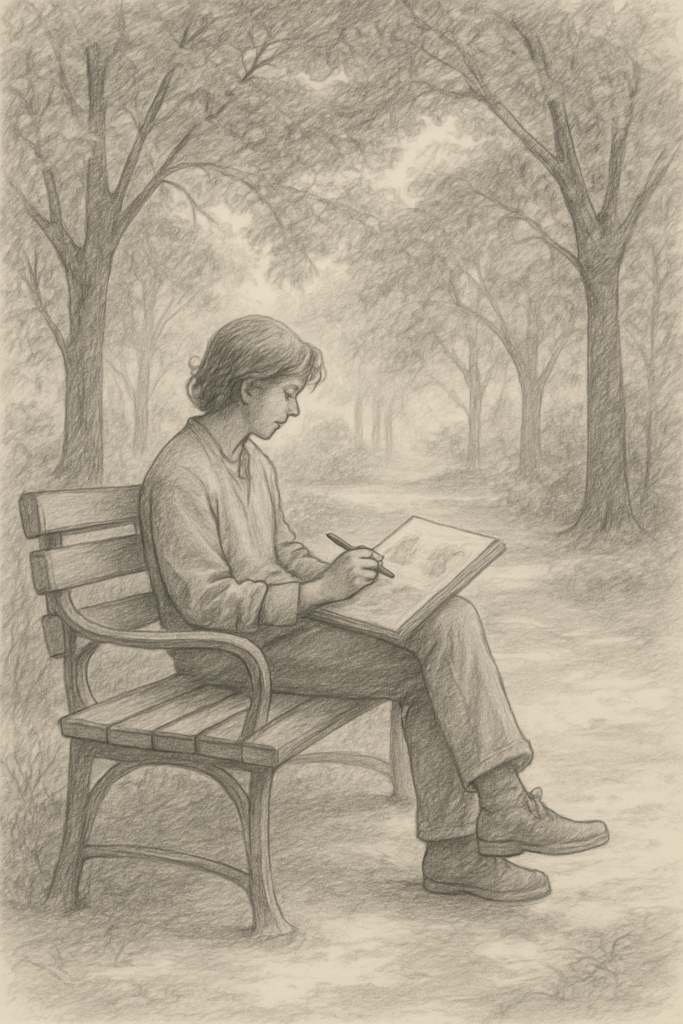
In today’s digital world, true observation is more valuable—and rarer—than ever before. This guide shows how anyone can train their eyes to see like an artist, using practical exercises and digital tools to build foundational skills for authentic art-making.
Why Seeing Matters
Modern life bombards us with fast images, social feeds, and quick scans. Real art, whether traditional or digital, starts with the ability to slow down and notice details others miss. The skill of artistic observation not only leads to more realistic art but is also the first step to finding your unique visual voice.
What “Seeing” Actually Is
Observation for artists means moving beyond glancing at a subject—it’s about consciously taking in visual information, analyzing shapes, values, and relationships, and making connections between what’s seen and what’s being drawn or painted. Great art comes from training both eyes and mind to recognize nuances and patterns.
Core Exercises for Training Your Artist’s Eye
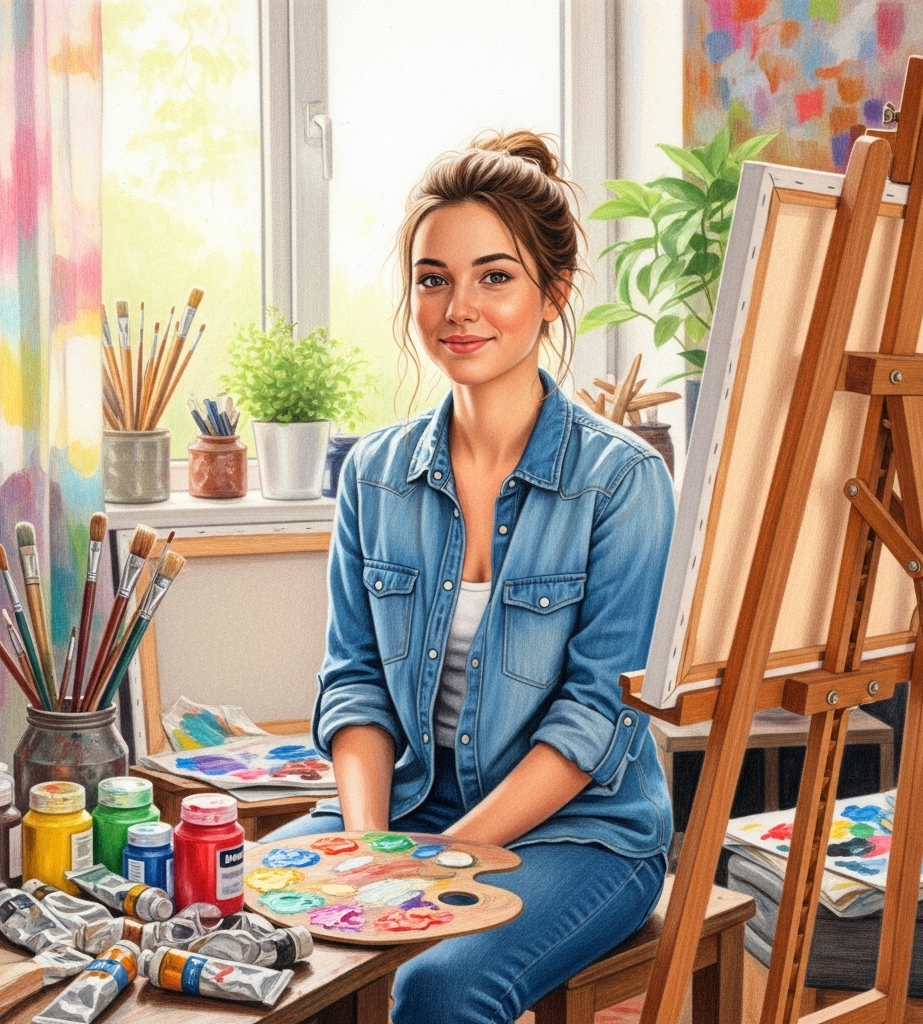
Contour Drawing
Contour drawing focuses on tracing the edges and outlines of objects slowly. The goal is to make a line that is true to what is actually seen, training hand-eye coordination and deep attention:
- Try continuous contour: draw an object using a single, unbroken line without looking at your paper. Focus 90% on your subject, glancing down only to check pencil placement.
- Practice modified contour: draw an object and allow for occasional glances at your paper, aiming for greater detail and accuracy.
These exercises build awareness of shape, form, and proportion—a foundation for all observational art.
Negative Space Studies
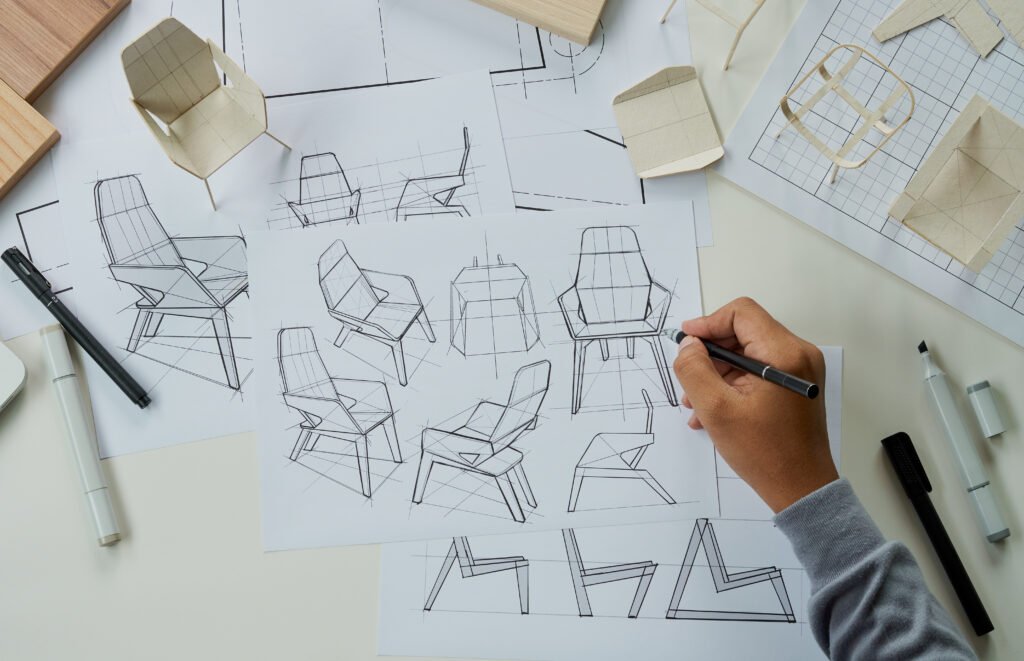
Negative space is all about drawing the shapes and gaps around objects, instead of the objects themselves. This flips your perspective, helping you break free from “symbol drawing” (drawing what you think you see) and begin truly seeing your subject as shapes and spaces.
- Sketch a chair by drawing only the shapes outside or between its legs and back.
- Shade in the negative spaces to reinforce how they define the actual object.
By emphasizing the “in-between,” negative space studies train perception and improve composition.
Value Scale Painting
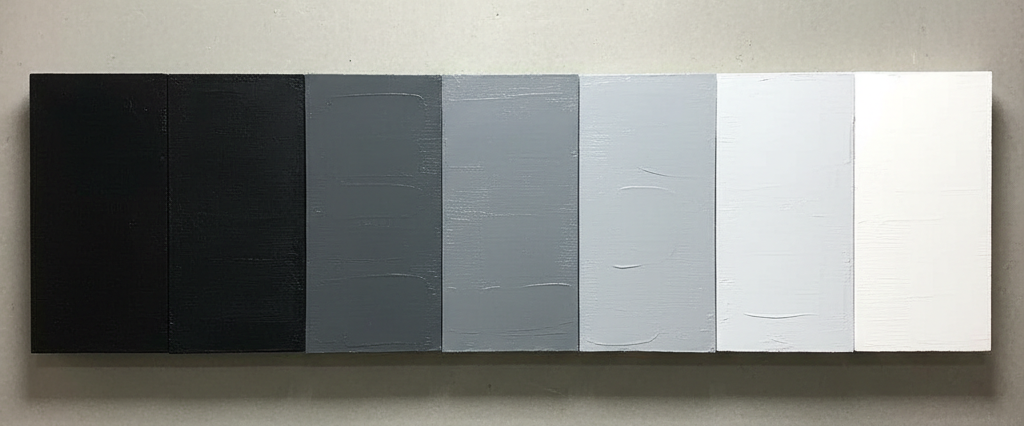
Value is how light or dark something appears. Understanding and painting value scales builds control of tone and gradual transitions:
- Draw a series of five (or nine) adjacent boxes and paint from pure black through grays to pure white.
- Mix and test your grays until they graduate smoothly.
- Use the scale as a reference tool: compare the values in your subject to your painted scale, training your eye to judge subtle differences.
Accurate value matching is a key step to realistic rendering and painting from life.
Building Observation in a Digital Age
Smartphones and apps can support art learning, but beware the trap of passive observation. Instead:
- Use your phone camera to snap reference photos. Try free drawing apps with layers for digital contour exercises.
- Apps like Procreate, Clip Studio Paint, or simple photo editors allow you to practice drawing over photos, tracing contours and experimenting with negative space digitally.
- AI-based learning platforms now offer personalized feedback, scoring, and adaptive exercises to refine your skills.
Digital tools can accelerate training if used intentionally—they’re not a shortcut for careful observation, but a supplement.
Tips to Develop the Habit of True Seeing
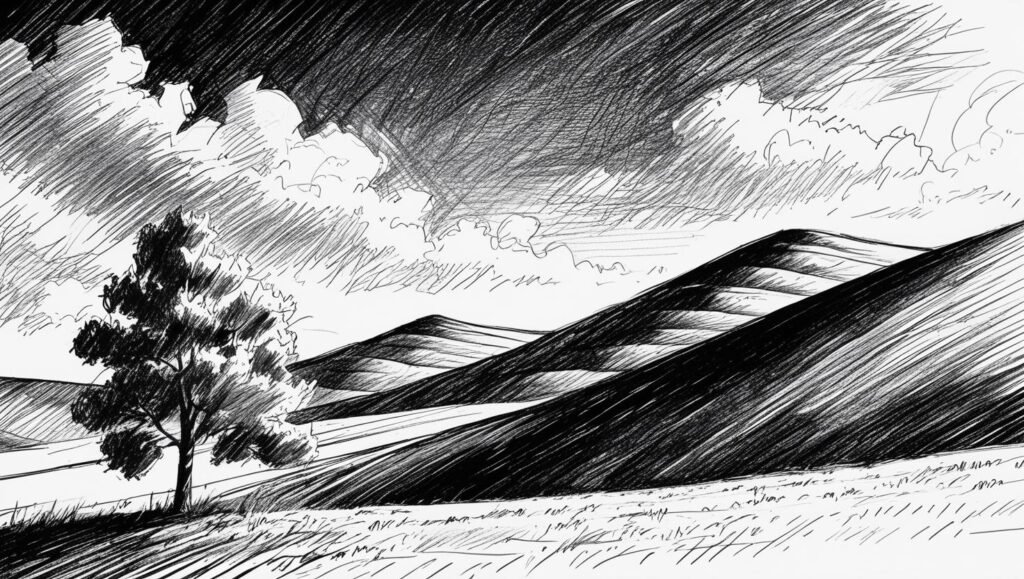
- Work from life as often as possible: real objects, natural light, and real-world complexity push your observation.
- Slow down: focus deeply, minimize distractions, and allow time for immersive looking.
- Mix exercises: combine traditional sketchbook work with digital drawing sessions.
- Record what you notice in a journal. Writing observations builds awareness across multiple senses, not just sight.erikalancaster
Conclusion
Learning to “see” is not just a skill, but a way of living as an artist. With repeated practice—contour drawing, negative space studies, value scales, and mindful use of digital tools—any beginner can unlock the power of observation. In a world that rushes past, this is the truest superpower for authentic creativity.
Share
Export
Rewrite
